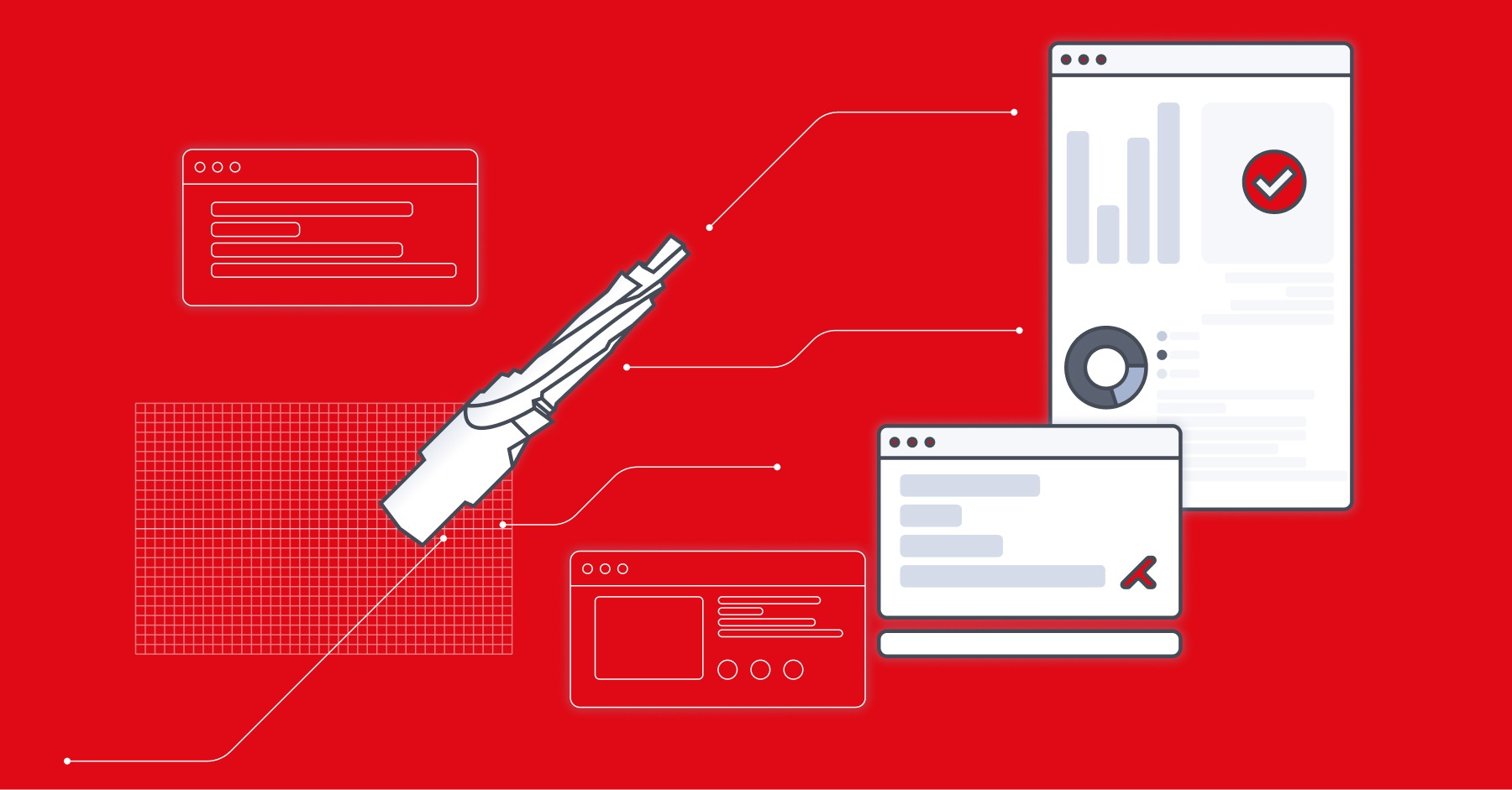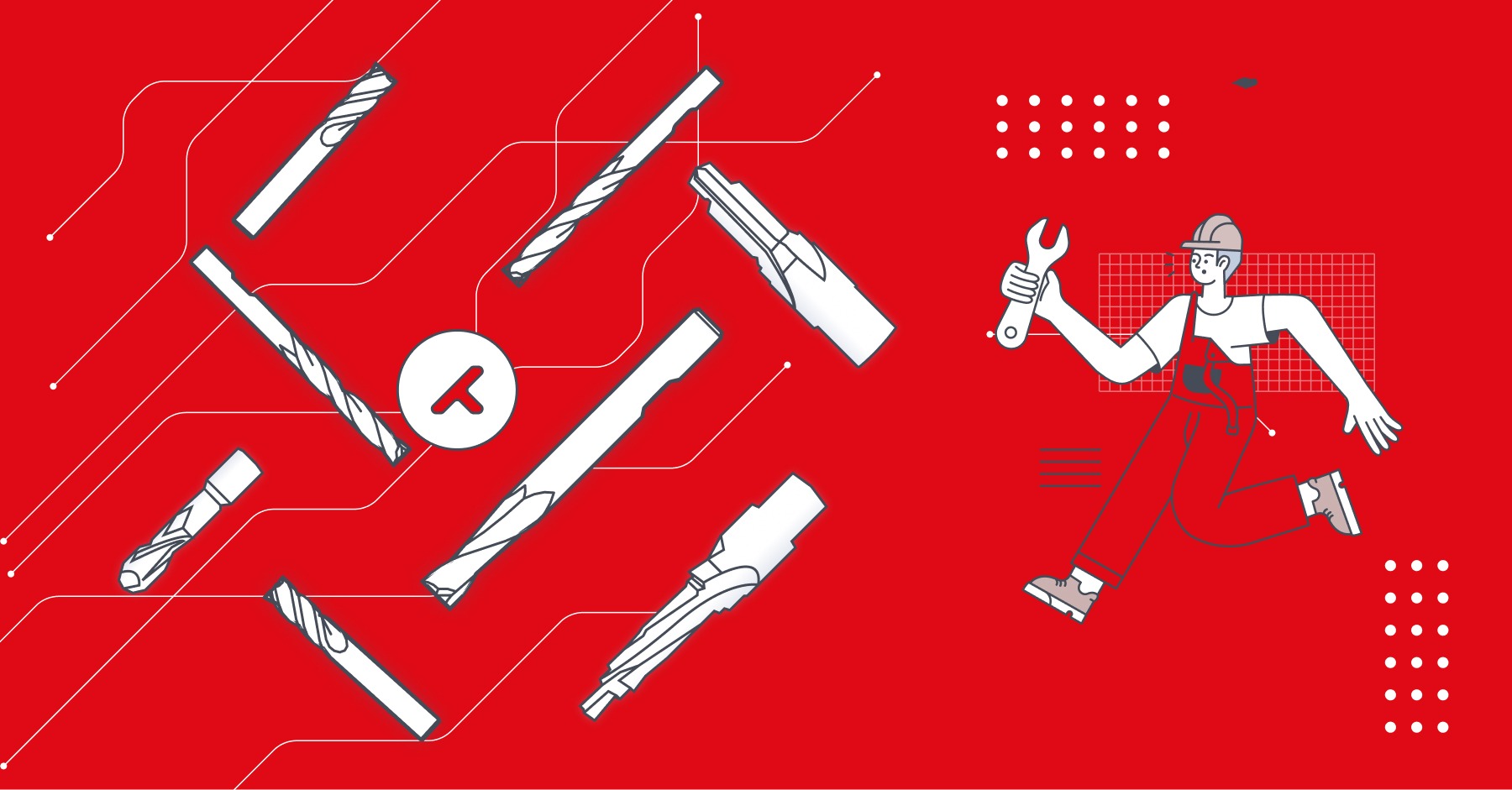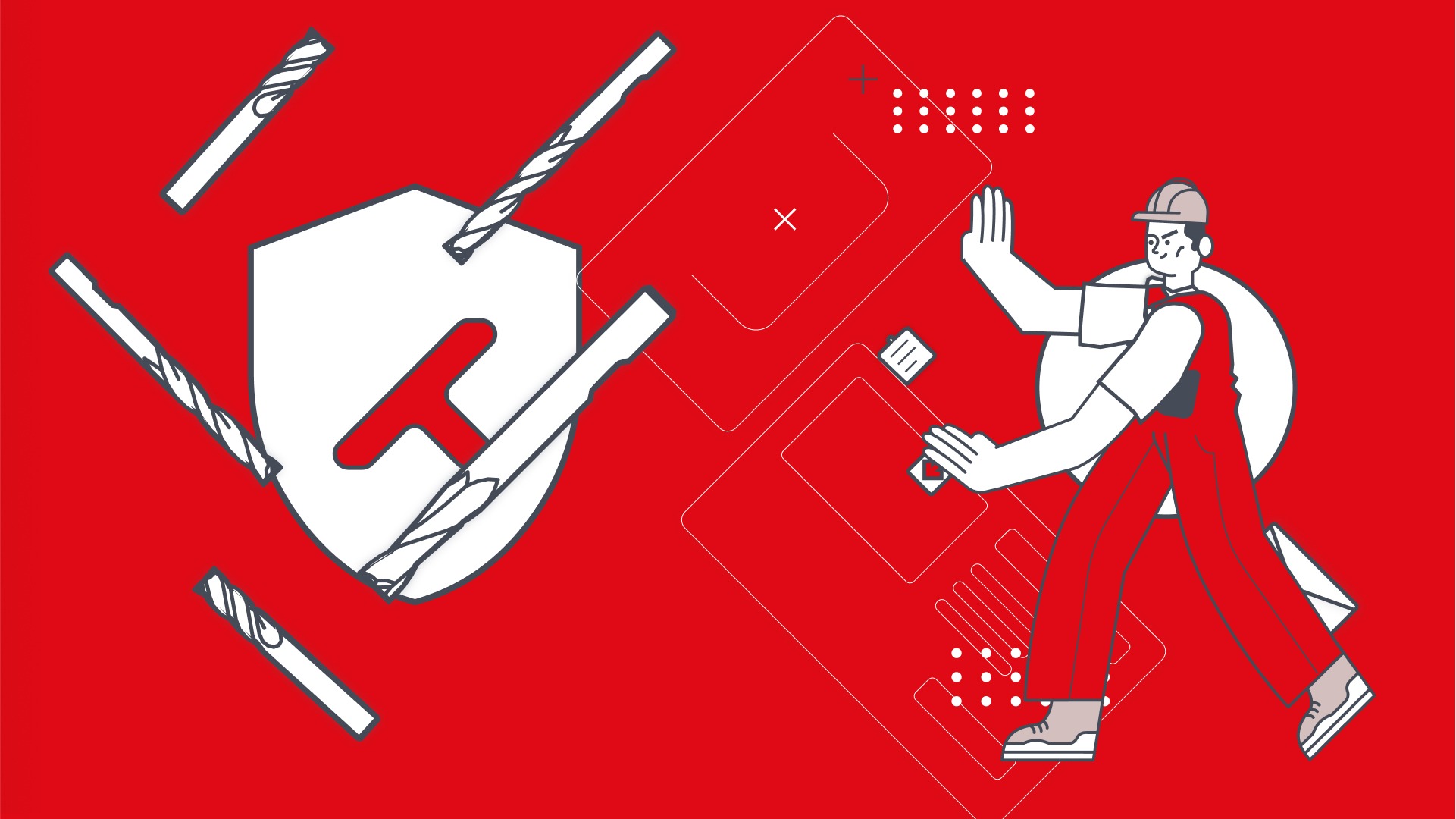The machining tooling industry has come a long way in recent years, and its current practices are truly fascinating. With the evolution of technology, the industry has made significant advancements in the creation of special tools for machining. Today, engineers and technicians have access to an array of special milling tools and other precision tools that can produce a wide range of complex parts in various materials. Furthermore, the industry is continuously pushing boundaries to produce components that are more efficient, effective, and durable, leading to a better performance for end-users. As we look forward, we can expect to see even more exciting developments in the field of machine tooling.
Benefits of Digitizing the Frontend for Machining Tooling Companies
The manufacturing industry is constantly evolving to meet the demands of consumers and businesses alike. To stay ahead of the curve, machining tooling companies should consider digitizing their frontend operations. This means embracing new technologies to improve the way they design, prototype, and test their products. By doing so, they can streamline their workflow, increase their productivity, and ultimately provide better results for their customers. Digitizing machining tooling also means better communication with clients, allowing for easy revisions and adjustments in real-time. The benefits of frontend digitalization are clear, and companies that prioritize it will undoubtedly see a significant improvement in their bottom line.
How to Implement a Digital Transformation Strategy
As technology continues to advance, the importance of digital transformation cannot be overstated. This is particularly true for industries that rely heavily on tools and equipment, such as the tooling industry. Implementing a digital transformation strategy can help companies in this sector stay competitive and meet changing customer demands. It involves adopting new technologies, such as automation and IoT, to streamline processes and improve efficiency. However, it’s important to approach digital transformation strategically, taking into account the specific needs and goals of the organization. This may involve investing in training and IT infrastructure, as well as revising business processes and workflows. With the right strategy in place, companies can achieve greater agility, reduce costs, and improve customer satisfaction.
Challenges of Digitizing the Frontend and How to Overcome Them
As the machining industry continues to modernize, opting for a frontend digitization strategy has become crucial. However, the process is beset with its own issues, making it a challenging endeavor. One of the biggest concerns is the difficulty in achieving process acceptance from both the shop floor workers and the management team. Additionally, integrating new software and IT systems into existing procedures and frameworks can be daunting. These challenges can be overcome by effective communication and collaboration across all levels of the organization, extensive training for all employees, and a gradual implementation that allows for testing and troubleshooting. With the right approach, digitizing the frontend can revolutionize the industry, streamlining workflows, and improving overall productivity.
Tips for Optimizing Performance with Digitized Frontend Systems
In today’s digital age, businesses rely heavily on digitized frontend systems to ensure smooth operations. However, simply implementing these systems is not enough to achieve optimal performance. To truly reap the benefits of digitization, it is crucial to optimize performance through various strategies. Some helpful tips for optimizing performance with digitized frontend systems include conducting regular audits to identify and resolve any performance bottlenecks, implementing responsive design principles to enhance user experience, and utilizing caching techniques to reduce load times. By focusing on these key areas, businesses can streamline operations, boost productivity, and ultimately improve their bottom line.
The Future of Tooling for Machining Sector in a Digital Landscape
The dynamic world of machining is witnessing a rapid shift towards digitalization, and the tooling industry is quickly adapting to meet the changing needs. A robust digital strategy in tooling for the machining sector is crucial for optimizing production processes and realizing cost savings. As technologies such as artificial intelligence, Internet of Things (IoT), and cloud computing continue to evolve at an unprecedented pace, businesses need to stay ahead of the curve to remain competitive. The future of tooling for the machining sector in a digital landscape is exciting, with innovative solutions powering sustainable and efficient production models. It is imperative that tooling companies embrace digitalization and equip their customers with cutting-edge technology to meet their evolving demands. So, we’re going to witness a major transformation that alters the way the tooling industry works.
Conclusion
While digitizing the frontend of a machine tooling company may seem daunting, it can be done with the right partnerships and resources. Not only can modern machine tooling companies reap immense rewards from digitizing the frontend—including access to powerful new analytics tools and improved data security—but they will also have increased competitive edge in a digital landscape where machine tooling services are more accessible than ever before. For those ready to take advantage of digital opportunities, having an actionable plan in place is key to ensuring optimized performance and long-term success on this journey of transformation. The bridge has been built for machine tooling companies to cross into the digital age, and those that do so can pursue greater innovation, faster problem solving, and heightened expertise. The future looks bright for those brave enough to heed the call from the possibilities of the digitized frontend era.
If you’re interested in transforming your traditional machining tool business into something that will revolutionize your production capabilities, don’t hesitate: do you want to have a conversation about how we could collaborate?
Get in touch today!






